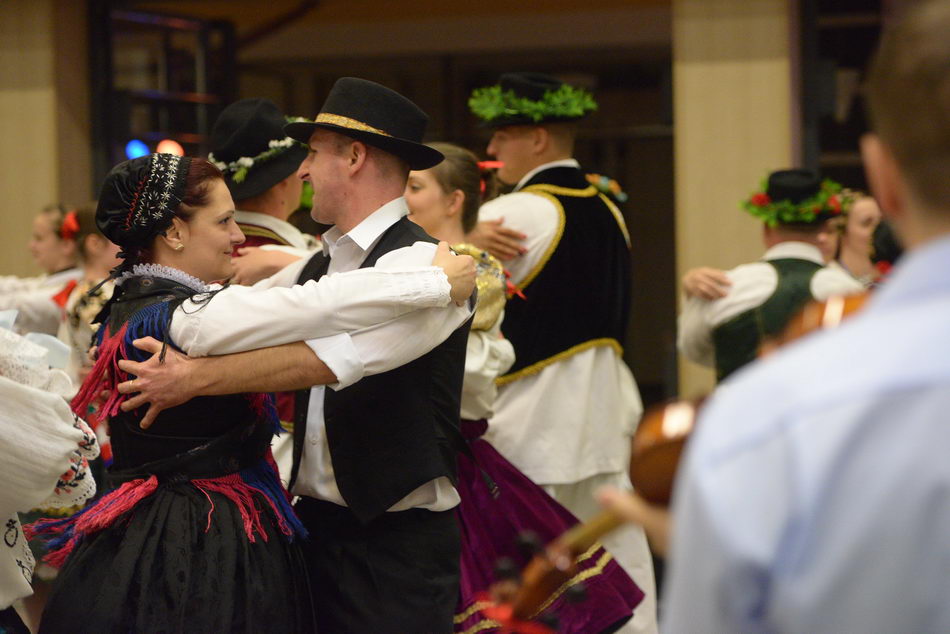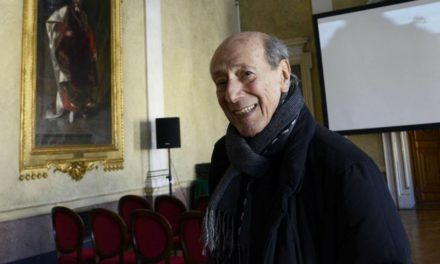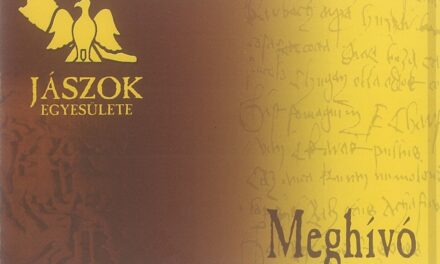It is an important message for other countries that different nationalities live together in peace in Hungary, said the State Secretary of the Prime Minister's Office responsible for church and national relations on Saturday in Mohács, at the opening of the traditional joint ball of the local German and Croatian ethnic groups.
Miklós Soltész said that everything has an important message value both for the neighboring nations and for the great powers that "really do not understand how we can live together with many nationalities within one country, that we can appreciate and enjoy the culture, dance, his music, his mother tongue".
According to the background material related to the event, the proportion of nationalities in Mohács and its surroundings exceeds 25 percent of the total population.

Source: Mohács Municipality
Before 1526, the population of Mohács consisted exclusively of Hungarians, but during the Turkish rule and the liberation wars, the settlement's population decreased sharply. During the settlements after the Ottoman-Turkish occupation, in the 1690s and 1700s, the Serbs appeared, while the settlement of the Sokaci lasted until the end of the 1730s, and around 1770, Germans arrived in the region at the invitation of the bishopric.
As a result of the resettlement, a multi-ethnic city with a variety of native languages and religions was created, in which conflicts between residents belonging to different ethnic groups were rare, and each part of the city had its own church and pub.
Since the turn of the millennium, the town of Mohács has been home to German, Croatian, Serbian, and Roma municipal governments and several associations and dance groups, enriching the cultural life of Mohács with numerous national programs, they wrote in the summary.
The Swabian-Sokac Ball in Mohács has been held every spring since 2013 with hundreds of participants. The evening is traditionally opened by the production of the Mohács National Folk Dance Ensemble - among other things, with the performance of the choreography "Swabian-many weddings" that brings the event to life - and then light music performers give a concert and provide the dance music for the ball.
Source: hirado.hu
Featured image: Mohács Self-Government












